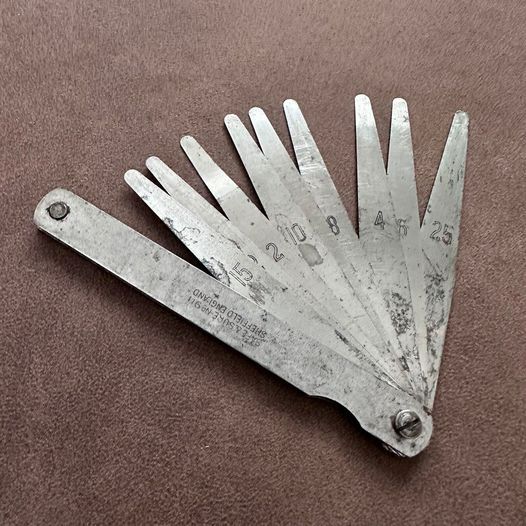Have you ever come across an object that sparked your curiosity? Something that made you wonder about its purpose and origins? Today, we have a fascinating item to share with you – the cheese slicer. Get ready to be amazed as we delve into the enigma surrounding this unique tool.

The cheese slicer – a modest yet indispensable gadget found in both home kitchens and professional culinary settings. Its history is as diverse and intriguing as the cheeses it effortlessly cuts. This simple device, designed to slice through cheese with precision and ease, emerged from a combination of necessity and innovation, reflecting broader trends in culinary practices and dairy consumption.
The origins of the cheese slicer can be traced back to the early 20th century in Norway, a country renowned for its dairy products and cheese-making traditions. The credit for its invention goes to Thor Bjørklund, a Norwegian carpenter and inventor, who became frustrated in 1925 with the difficulty of cutting consistent slices of cheese using a regular knife.
Drawing upon his carpentry skills, Bjørklund fashioned the first cheese slicer, taking inspiration from a carpenter’s plane. His design featured a wooden handle attached to a metal blade with a slotted, adjustable guide, enabling smooth and even slices of cheese without the need for a knife. This invention not only showcased Bjørklund’s ingenuity but also addressed a common kitchen challenge, revolutionizing the way cheese was served and enjoyed.






